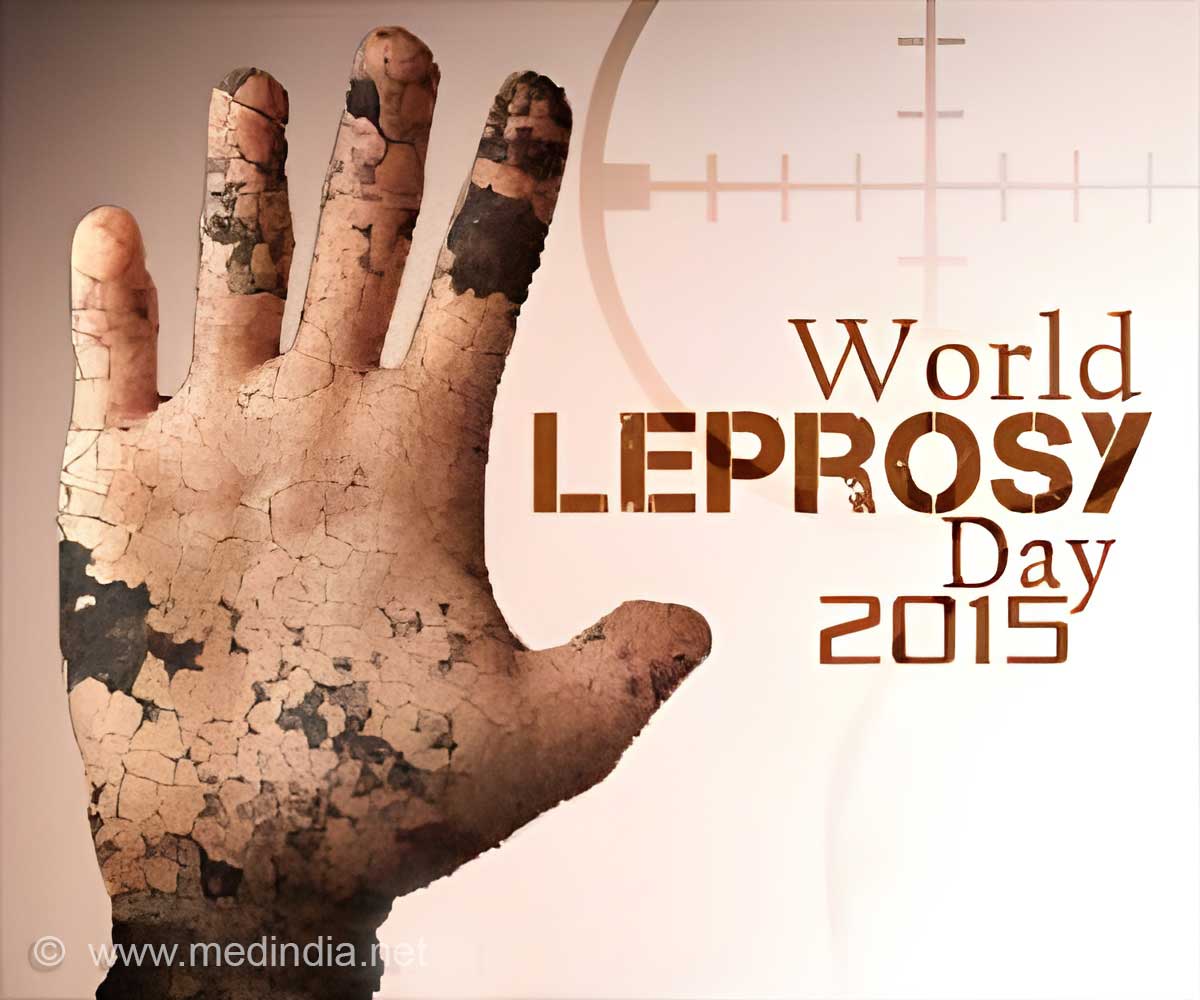
"Leprosy-affected people are not only physically but also socially backward. They are facing huge inequality," O. Venkateswarlu, Deputy Legal Advisor, Department of Legal Affairs in the law ministry, said at an NHRC consultation here.
Leprosy, also known as Hansen’s disease, is a chronic infection caused by bacteria. Initially, infections are without symptoms and typically remain this way for five to as long as 20 years. Symptoms that develop include granulomas of the nerves, respiratory tract, skin, and eyes. This may result in a lack of ability to feel pain and thus loss of parts of extremities due to repeated injuries.
Despite being easily treated now and discovered to be much less contagious than previously thought, there is a deep stigma attached to leprosy. The concept of heredity, facial disfigurement, mutilation of limbs and a long incubation all contributed to the mystery about its origins, inspiring horror, fear and disgust.
Nachappa, who has been cured of leprosy, said the biggest problem being faced by the affected people was the lack of housing. "Most leper colonies sprout up along railway tracks or are set up by NGOs and they don’t have legal papers of ownership," Nachappa, who lives in one such colony in Andhra Pradesh, said on the sidelines of the consultation, adding that it was important for the government to regularize such colonies.
S.S.Gupta, Deputy Secretary, Department of Disability, Ministry of Social Justice and Empowerment, said that letters have been written to all state governments on this issue, asking them to regularize the land occupied by the leprosy-affected.
Advertisement
According to a National Human Rights Commission (NHRC) report that was released at the consultation, the discriminatory provisions in some personal laws that violate the rights of leprosy-affected people also need to be removed.
Advertisement
According to union health ministry data, the annual new detection rate of leprosy has reduced to 1 in 10,000 as of 2014.
"Leprosy was eradicated across the country in 2005, barring in Chhattisgarh and Dadra and Nagar Haveli," says C.M. Aggrawal, Deputy Director in the health ministry’s National Leprosy Elimination Program. He said that in the entire country, nearly 130,000 new cases are detected every year. "We hope to eradicate the disease completely by 2017".
"The government, which aims to eradicate and tackle leprosy at the district level, has started involving ASHAs (Accredited Social Health workers) in detecting leprosy and preventing disability in those affected with the disease," he said.
Aggrawal said in the present circumstances, it was difficult to ensure zero occurrence of leprosy. "However, we are working on strengthening of surveillance on emergence of drug-resistant leprosy," he said, adding that this was posing to be a problem in urban areas where many people stop their treatment mid-course. "As compared to rural areas, in urban areas the patient reports to a tertiary care hospital which doesn’t have the manpower for follow-up checks," he said.
According to the 12th Five Year Plan, India aims to achieve complete elimination of leprosy by 2017. Leprosy is perhaps the only disease against which there is no vaccine. This is because the bacteria cannot be cultured outside the human body. But the main demand of leprosy-affected or the cured is to remove the stigma against them.
"Many of us who have been cured can’t go back to society. We continue to live in shanties in pitiable conditions and are forced to beg for a living. Our children who live in such colonies also face the same discrimination," Nachappa lamented.
Source-IANS







